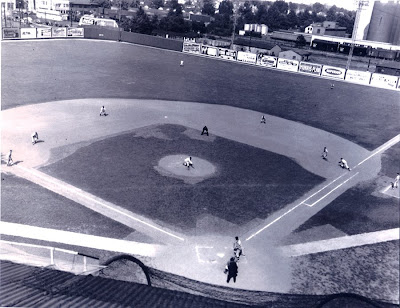New American Association Website
I'm pleased to announce a new domain name for my principal website concerning the history of the American Association. Because the registration on the old name (www.aaalmanac.com) expired July 3, I ran into quite a snag, and thought I had even lost my website .... again! Thankfully the problem has been solved and my website is now at http://www.almanacfield.com There you will find a plethora of information on a variety of levels, from stats to ballpark histories to listings on team managers. The site will be under construction for some time, but for now the basics are there. Please pay it a visit soon!


